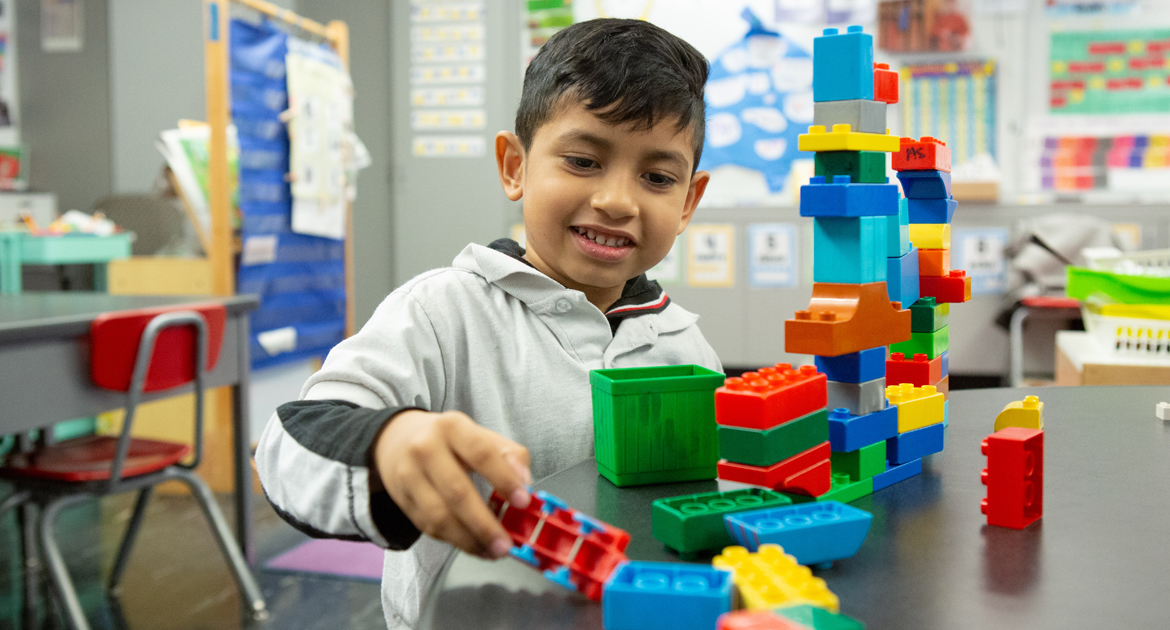Jennifer Diehl, Heather Skibbins
Third Grade: English-instructed classroom with numerous Multilingual Learners who have a variety of home language and cultural backgrounds.
The Ancestors Unit in 3rd grade is Mr. Schmidt’s favorite because his students are always so engaged, and he learns so much about them and their families. For two weeks, students had been exploring notions of past and present, and had read some narratives of families that had spanned several generations. Mr. Schmidt had also been working with them on skills of interviewing and notetaking, and then assigned students to conduct family interviews about what life was like when their parents were young, about what has changed in their world, and about migration and immigration. The interviews became written narratives. In small groups, students read each other’s drafts and suggested additional questions and clarifications. It was both an opportunity to work on peer review processes, have students focus on a rubric of narrative writing, and a way for them to learn about their own family’s background and each other. He himself had done writers conferences with each child, focusing on the writing itself and suggesting edits. The students worked hard on these papers, and when they were finished, Mr. Schmidt encouraged them to add illustrations before finally laminating the reports as books. One by one, children were invited to read their Family Book to the class and carry it over to add to the class library. One of the books is bilingually titled in Arabic and English, another has a large Mexican flag on the cover, yet another is titled From Cairo to California: My Family Journal, and all reflect on the journeys that have led the families and their children to this classroom.
The classroom walls tell of the work Mr. Schmidt’s students had done, the learning that had occurred, and of who the students are.
Today, as Mr. Schmidt is preparing the room for a Family Gallery Walk celebrating the end of the unit, he looks around at the map of the world on which students had traced their families’ journeys of migration, at the photos of life 100 years ago that students had researched, captioned, and hung, at the display of biographies in five different languages, and the written reflections after the literature study that students had displayed. The classroom walls tell of the work his students had done, the learning that had occurred, and of who the students are. He feels a deep sense of love for this class. And now, the families would be coming to the classroom to hear and see what their children have produced and feel the pride that their children exude about their family’s historical background.
Reflection questions
- Mr. Schmidt is proud to “show off” the work the students have done with their personal narrative writing project. Why do you think the students produced such high-quality work for this particular assignment? Can you suggest an extension activity to follow the Family Gallery Walk?
- Mr. Schmidt would describe their lesson as “culturally relevant.” What does this term mean to you? What are the key features of a “culturally relevant lesson?”
- What is one takeaway that you can apply to your own classroom environment for supporting Multilingual Learners?


